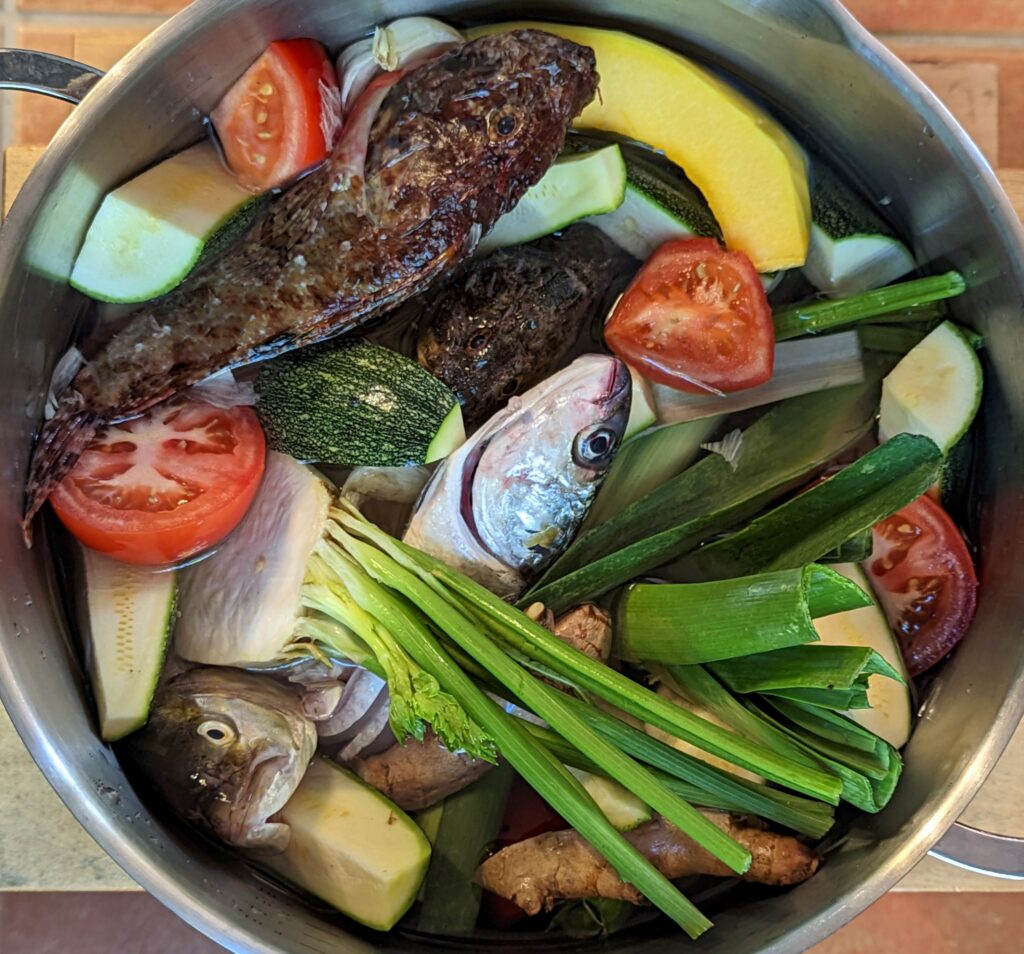Light and aromatic, it is the perfect dessert that my mother used to make.
For the New Year I decided to dress it up, sprinkling with diced, caramelized citrus peels and pistachios; I also cut the year’s numbers on tangerine peels that I simmered in syrup before placing on the cake.
See more New Year’s Cake recipes HERE and HERE.

Bake the cake at least a day before you plan to serve it so the flavors have time to develop. Cakes are best the day after!
In our family it was simply called Tou Yiaourtiou (the one with yogurt), to distinguish with another, more elaborate festive dessert my mother and aunts prepared with store-bought lady-finger cookies and a heavy margarine-based cream –butter and heavy cream were not a common ingredient in Greece in my childhood years.

Only recently I realized that this, ubiquitous urban Greek dessert is the Gateau aux Yaourt the simplest French cake, the first one kids bake as the portions are measured in the yogurt pot. Obviously my family, as most other bakers in Athens, got the recipe from Tselementes’ book. He obviously copied the French cake, but substituted margerine (!) for the olive oil, calling it Yiaourtopita (yogurt pie) a name that many bakers use today.
Whenever I have, I use lemons from my garden, or our local tangerines and oranges that are wonderfully aromatic. I suggest you seek organic fruits for this and my other recipes.
See also my Orange, Lemon or Tangerine Olive Oil Cake which I make pulsing the whole citrus fruit, not just zesting it.
For a 9-inch (23 cm) round or square pan











